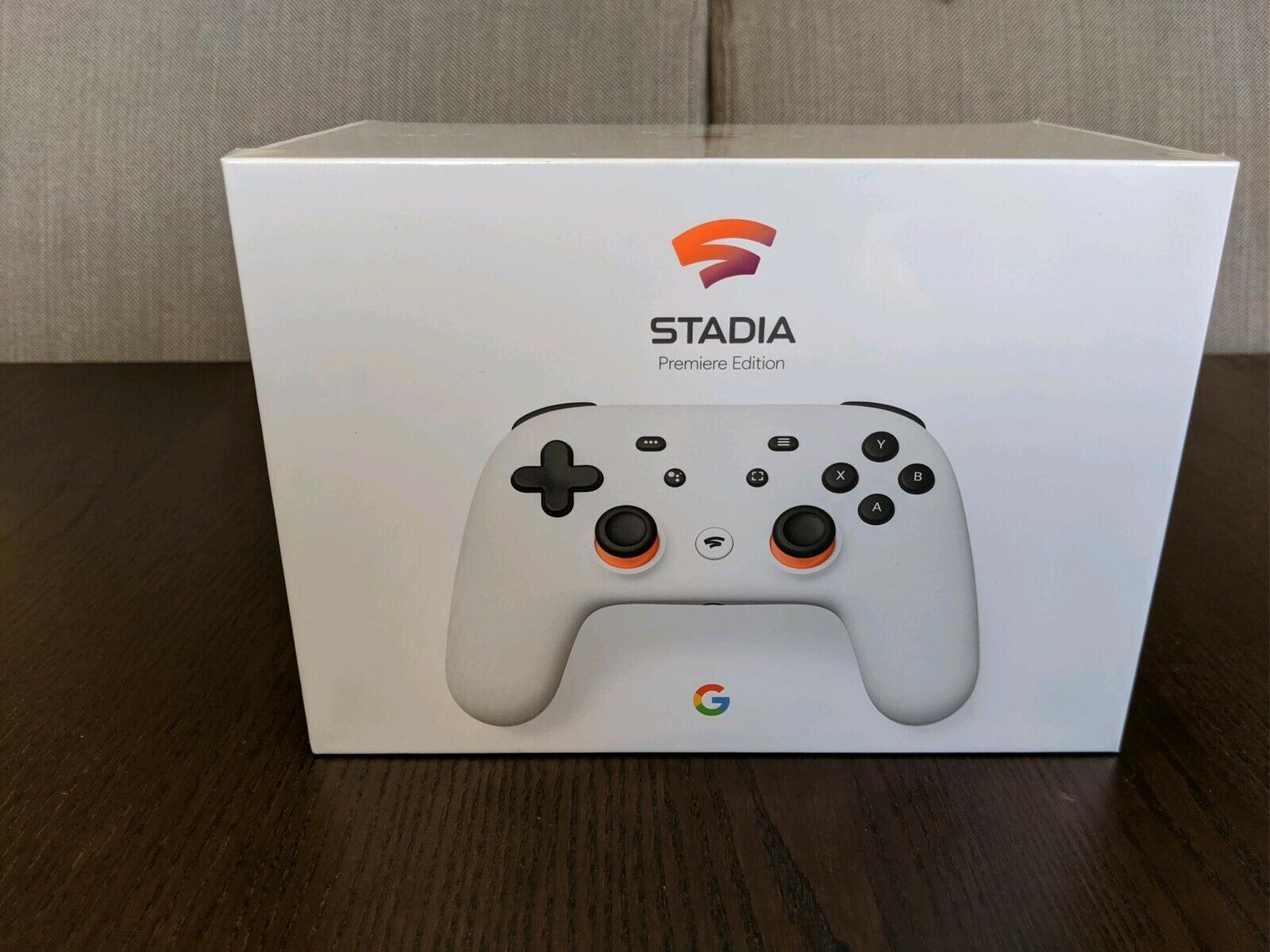

Until recently, Stadia's home inside Google has been the hardware division, with project leader Phil Harrison reporting to Google Hardware SVP Rick Osterloh. Stadia certainly isn't available in “over 200 countries.” It's available in just 22 countries, or about 10 percent of the scale Pichai heavily implied Google could work at. So Stadia is available all over the world, right? Google is a massive cloud computing company that has servers all over the world. But now might be a good time for Google to pause for a moment and ask, “What, exactly, are we doing here?” Why does it want to be in the cloud gaming market? What advantages does it have over its competitors, and how does it plan to maintain these advantages over time? No company wants to call its own project a failure, of course.

Today, Stadia is languishing and has few prospects of success. Google tried to make a case that it could bring market advantages to cloud gaming, but the company's vision has not borne fruit. Now, though, there is more competition, and the demands of the market are crystallizing. You could arguably call Google a leader in the second wave of cloud gaming, after the early debuts of services like PS Now and OnLive. Much has happened between the 2018 “Project Stream” beta, the official Stadia launch in 2019, and today. Ars is owned by WIRED's parent company, Condé Nast. This story originally appeared on Ars Technica, a trusted source for technology news, tech policy analysis, reviews, and more.


 0 kommentar(er)
0 kommentar(er)
